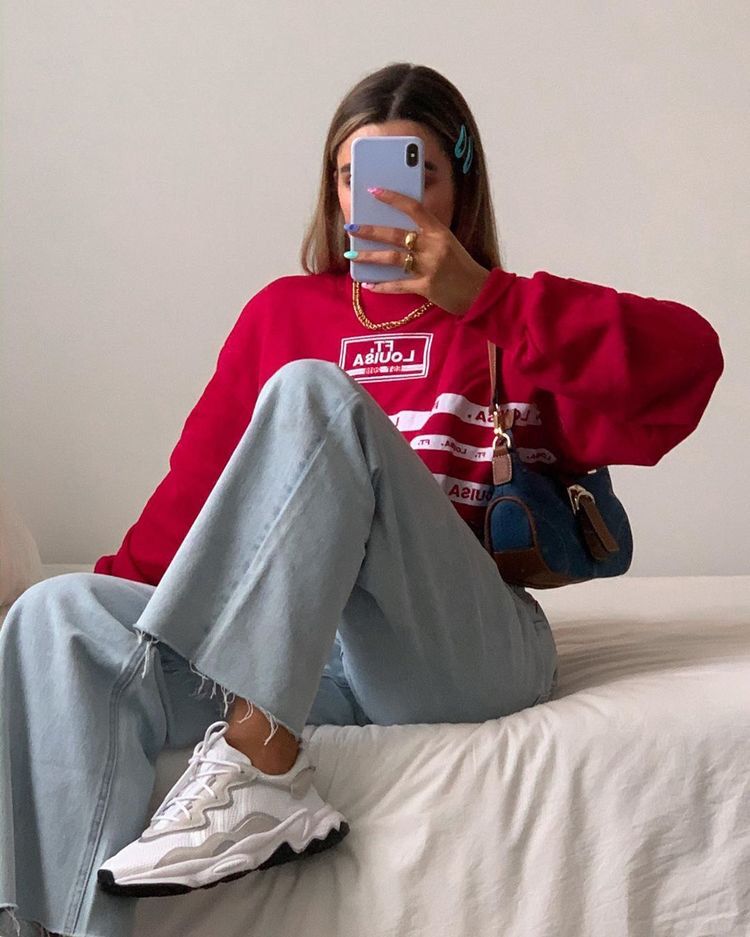Introduction
Fashion in 2025 is no longer confined to seasonal trends or predictable aesthetics—it is an ever-expanding universe of ideas, technologies, and philosophies. The concept of infinite style captures the boundless creativity of designers, the merging of cultures across continents, and the transformative role of innovation in how people perceive clothing. Style has become a medium that bridges tradition with progress, physical craftsmanship with digital artistry, and individuality with collective identity.
This new chapter of fashion is not simply about what to wear but about how clothing embodies personal narratives and global consciousness. Garments now act as symbols of sustainability, technological achievement, and emotional resonance. From bioengineered fabrics to augmented reality dressing rooms, from hyper-local artisanship to globally influenced aesthetics, the landscape of fashion in 2025 is vast, fluid, and limitless.
Exploring the boundaries of this infinite horizon reveals how deeply interconnected the industry is with cultural shifts, ecological responsibility, and advancements in science. The wardrobes of tomorrow are no longer static—they evolve dynamically with wearers, environments, and experiences. To understand the future of style, one must look beyond the runway and into the intersections of creativity, innovation, and purpose that define the very essence of 2025 fashion.
The Transformation of Personal Style in 2025
In 2025, personal style has shifted from being a reflection of collective fashion rules to a deeply personal journey of exploration. Clothing choices are increasingly influenced by emotional states, environmental surroundings, and interactive technology. The rise of digital fashion platforms has empowered individuals to experiment without material limitations, allowing users to construct virtual wardrobes that exist purely in online spaces. These digital outfits are designed not for practicality but for self-expression in the expanding universe of social media and the metaverse.
At the same time, tangible clothing has become more adaptable. Designers are creating garments that change shape, color, or function depending on the wearer’s needs. A single jacket may expand into a coat on a cold evening or contract into a lightweight layer under warm conditions. This flexibility reinforces the idea that style is not static but endlessly transformative.
What emerges from this evolution is an understanding of fashion as an extension of personal identity, constantly shifting to mirror one’s mood, aspirations, and environment. The boundaries of style, once set by rigid cultural norms or seasonal dictates, now blur into infinite possibilities defined by the wearer themselves.
Technology and the Expansion of Wardrobe Possibilities
The integration of technology into fashion has opened a new dimension where clothing is no longer passive but interactive. Smart textiles monitor health, regulate temperature, and adapt to weather conditions in real time. Fabrics embedded with nanotechnology can repel stains, generate energy from movement, and even track biometric data, turning everyday apparel into multifunctional tools.
Artificial intelligence has also redefined how wardrobes are curated. Personalized algorithms suggest outfits based on climate, schedule, and personal taste, ensuring that no two individuals experience fashion the same way. Augmented reality mirrors allow wearers to test hundreds of styles instantly, removing barriers of geography, body type, or availability. This democratization of style means that boundaries are erased, replaced by infinite access to creativity and customization.
The notion of ownership itself has expanded with the rise of digital garments sold as NFTs, offering collectors unique fashion pieces that exist exclusively in virtual spaces. This shift challenges the very definition of what clothing is, blurring the line between material necessity and digital artistry. In 2025, wardrobes extend beyond closets into digital ecosystems, proving that style truly has no limits.
Sustainability as an Infinite Commitment
Sustainability is no longer a niche movement but the foundation of modern fashion. The boundaries of sustainable design have expanded to include regenerative agriculture for raw materials, fully recyclable textiles, and circular systems where garments are continually repurposed rather than discarded. Designers now consider the entire lifespan of a product, ensuring that waste is minimized at every stage.
Innovations in biomaterials have given rise to fabrics grown from algae, mushrooms, and lab-created fibers that mimic the qualities of silk, cotton, and leather without harming the environment. These textiles not only reduce ecological impact but also unlock new textures, colors, and forms previously impossible with traditional materials.
Infinite style in 2025 is closely tied to ethical responsibility, where beauty and innovation cannot exist without accountability. Consumers demand transparency, and brands are expected to provide clear evidence of their sustainable practices. This collective commitment expands fashion’s boundaries from aesthetic creation to environmental stewardship, making every garment a statement of care for both planet and people.



